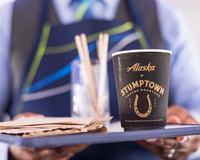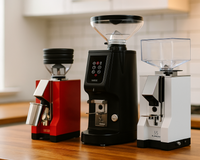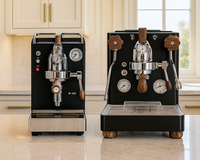Cortadito vs. Café con leche - What's the difference?
Two drinks that, well, most people don't even know exist!
Today we go over what exactly is a cortadito, what is a café con leche, which drink you'd most likely enjoy and how they're different. Cuban coffee is an increasingly popular region for coffee enthusiasts. Let's go over two of their most popular drinks!
What in the world is a Cortadito?
A cortadio is derived from a drink you've probably heard of - the cortado.
Simply put - a cortadito is essentially a shot of espresso mixed with some milk. Similar to the macchiato, a cortadito uses steamed milk not just some creamer or added cold milk. The kicker is there's plenty of sugar mixed with espresso in this one (see video below).
But why is it called a cortadito?
Gear used in the video: Moka Pot (~$25 on Amazon).
Well, it's a shorter version of the cortado which can be defined in almost the exact same way - a shot of espresso mixed with steamed milk to reduce acidity. Additionally, sugar is mixed with a small amount of espresso prior to filling the cup. This gives the cortadito that extra kick.
Cortadito facts:
- Originated in Cuba
- Traditionally served in a ring-based glass with handle
- Condensed milk is preferred
- Sugar is usually added in large quantities first and mixed with espresso
- Can be found all over the USA now, especially Miami
Ok, so what is a Café con leche?
For all Spanish speakers out there, the literal definition is coffee with milk. Our definition is basically the same - espresso with steamed milk.
However, there is a difference between the cortadito and the Café con leche.
Café con leche facts:
- Originated in Spain
- Sugar or sweetener is usually added
- Usually served during breakfast
- Sometimes salt is added
Similar drinks - caffé latte (Italy), café au lait (France).
What's the difference?
The difference arrives when we look at ratios of espresso to milk.
Cortadito - 1 part espresso, 1/2 part steamed milk, sugar
Café con leche - 1 part espresso, 1 part steamed milk
Related Article - Battle of the Brewing Methods: French Press vs. Moka Pot















